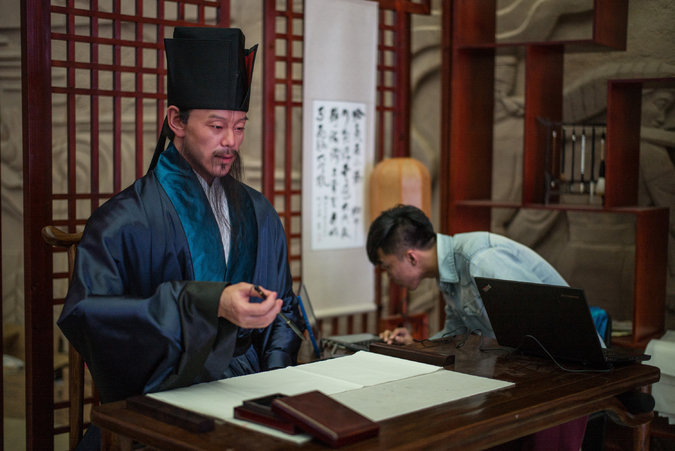From the get-go, I'm dubious about any claims that current AI can fully and accurately translate Classical Chinese / Literary Sinitic (CC/LS) into Modern Standard Mandarin (MSM), much less English or other language, on a practical, functional basis. Since the following article is from one of China's official propaganda "news" outlets (China Daily [CD]), the chances that we will get an accurate accounting of the true situation is next to nil anyway.
Language system translates ancient Chinese texts
By Li Wenfang in Guangzhou | China Daily | Updated: 2023-11-03 09:42
It starts out on a sour note:
If foreigners learning Chinese think the modern language is difficult to grasp, they should be glad they don't have to learn classical Chinese. Ancient texts are far more challenging, and not easy for even native Chinese speakers to decipher.
This is a cockamamie approach to the analysis of a written language in its ancient stages. What is it about ancient classical Chinese texts that makes them so difficult? How do they differ from modern Chinese texts? What about their morphology, their grammar, their syntax, their phonology and prosody, their lexicon, their literary allusions…?
A fundamental, fatal flaw in the conceptualization of Sinitic on the part of conservative indigenous scholars is that there are no essential linguistic discrepancies between CC/LS and MSM, only stylistic disparities.
Anyway, for what it's worth, the CD article continues:
Read the rest of this entry »


